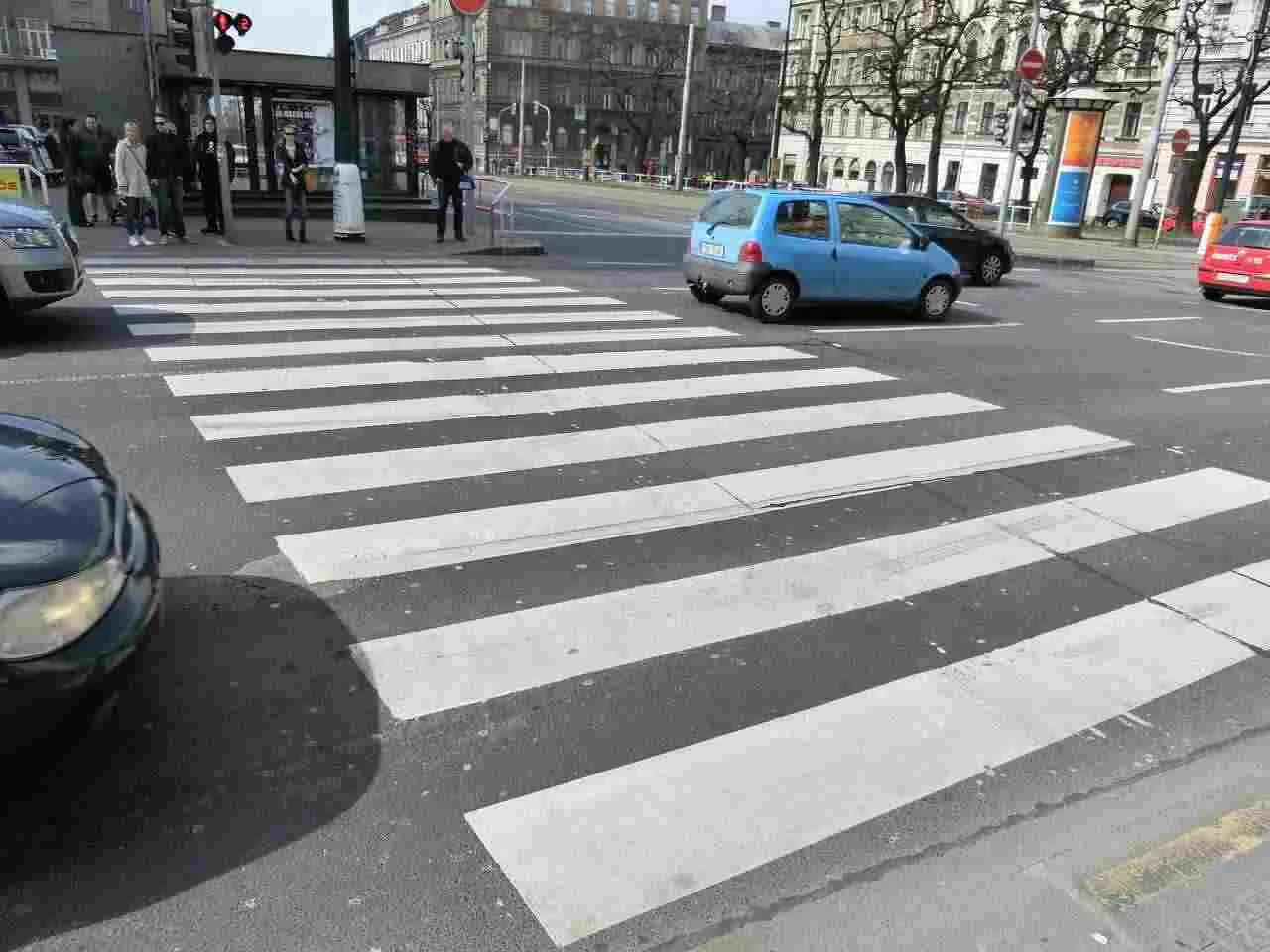Assessing Liability in South Carolina Pedestrian Accidents: Who’s at Fault?

Pedestrian accidents in South Carolina can result in serious injuries and complex legal issues. Understanding the factors that determine liability is crucial for both pedestrians and drivers involved in such incidents. In this blog post, we will provide explore assessing liability in South Carolina pedestrian accidents.
Pedestrian Right of Way vs. Traffic Laws
In South Carolina, pedestrians generally have the right of way when crossing streets in marked crosswalks. However, this does not absolve them of the responsibility to adhere to traffic laws. Pedestrians are required to use crosswalks when available and obey traffic signals. Understanding these laws is vital in determining liability, as a failure on the part of either the pedestrian or the driver to adhere to the law can impact fault assessment.
Driver’s Duty of Care
Drivers in South Carolina are legally obligated to exercise due care to avoid colliding with pedestrians. This duty of care includes being attentive to surroundings, adhering to speed limits, and yielding to pedestrians in designated crosswalks. Failure to uphold this duty can result in the driver being deemed at fault for the accident.
Contributory Negligence
South Carolina follows a modified comparative negligence system. This means that if both the pedestrian and the driver share some degree of fault, the damages awarded may be reduced based on the percentage of fault assigned to each party. Understanding contributory negligence is essential for individuals involved in pedestrian accidents, as it can impact their ability to recover damages.
Witness Statements and Evidence
Gathering witness statements and evidence at the scene is crucial for accurately determining liability. Eyewitness accounts, surveillance footage, and other forms of evidence can provide valuable insights into the sequence of events leading to the accident. This information becomes instrumental in establishing fault during legal proceedings.
Police Reports and Documentation
Law enforcement officers who respond to the accident scene will compile an official report. This report often includes statements from involved parties, witnesses, and an assessment of the accident scene. While not conclusive, police reports can be significant in establishing the initial determination of fault.
Conclusion
In South Carolina, assessing liability in pedestrian accidents involves a thorough examination of various factors, including pedestrian right of way, driver’s duty of care, contributory negligence, and available evidence. Understanding these elements is crucial for both pedestrians and drivers seeking legal recourse or defending against liability claims. By being aware of the legal landscape surrounding pedestrian accidents, individuals can better navigate the complexities of determining fault and pursue appropriate legal action when necessary.
